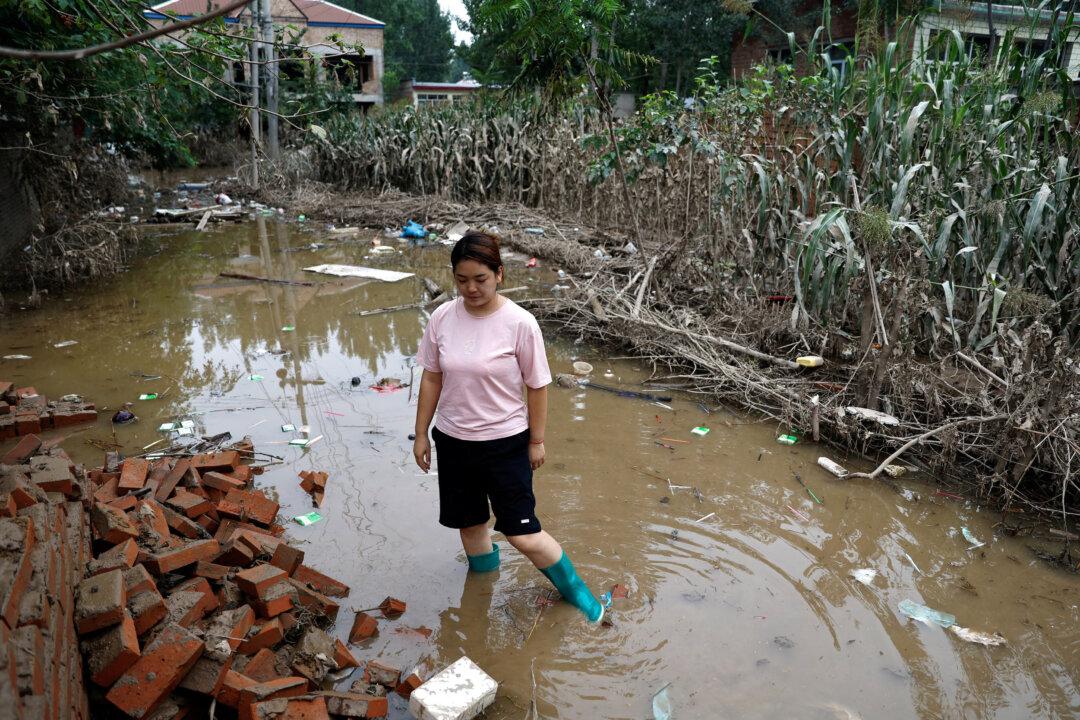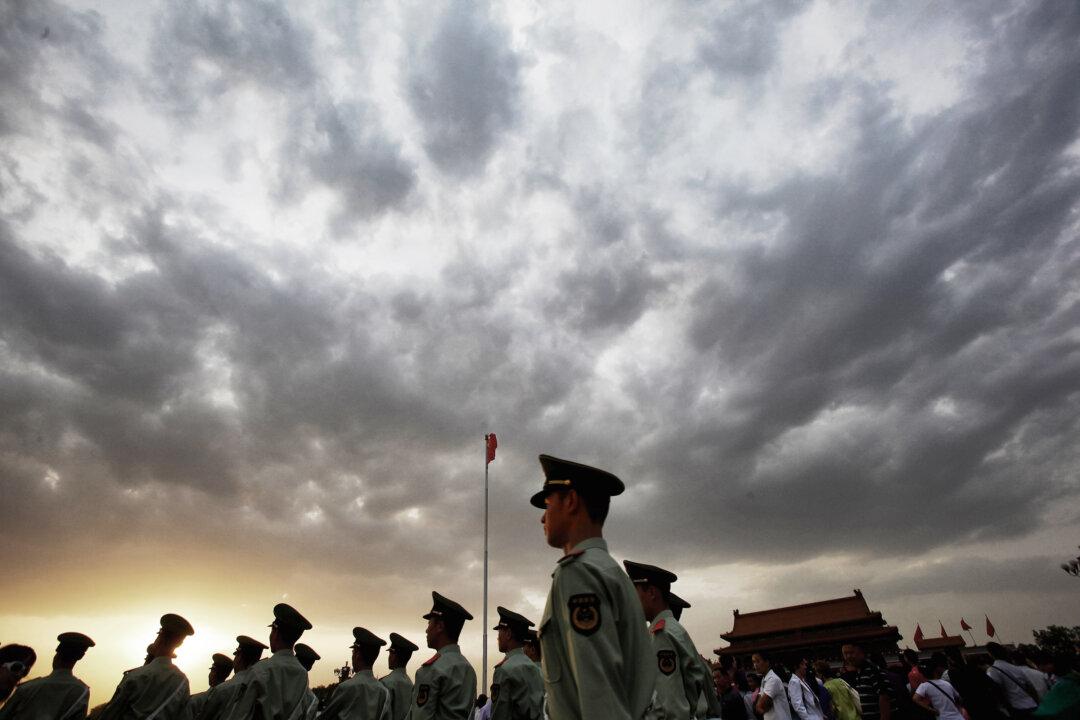Corpses have been found floating amid severe flooding in Hebei, northern China, according to local reports. Residents of Zhuozhou city said the casualties were so heavy that armed police had taken over the area to prevent news of the situation from spreading.
Typhoon Doksuri hit much of northern China with heavy rainfall, especially the Beijing-Tianjin-Hebei region, from July 28 to Aug. 2. This, combined with water discharge efforts by officials, has triggered severe flooding, affecting many people’s properties and crops.




